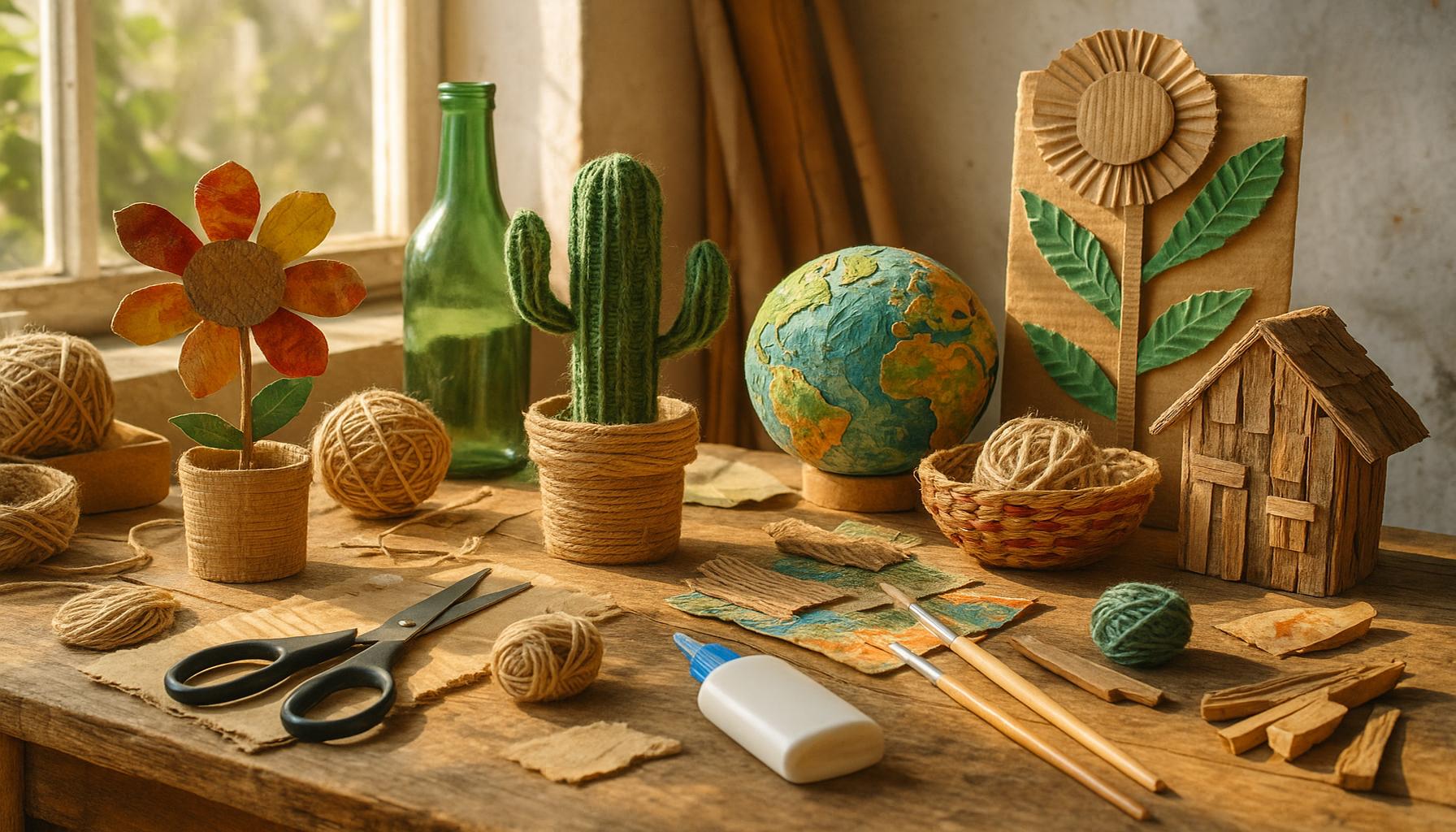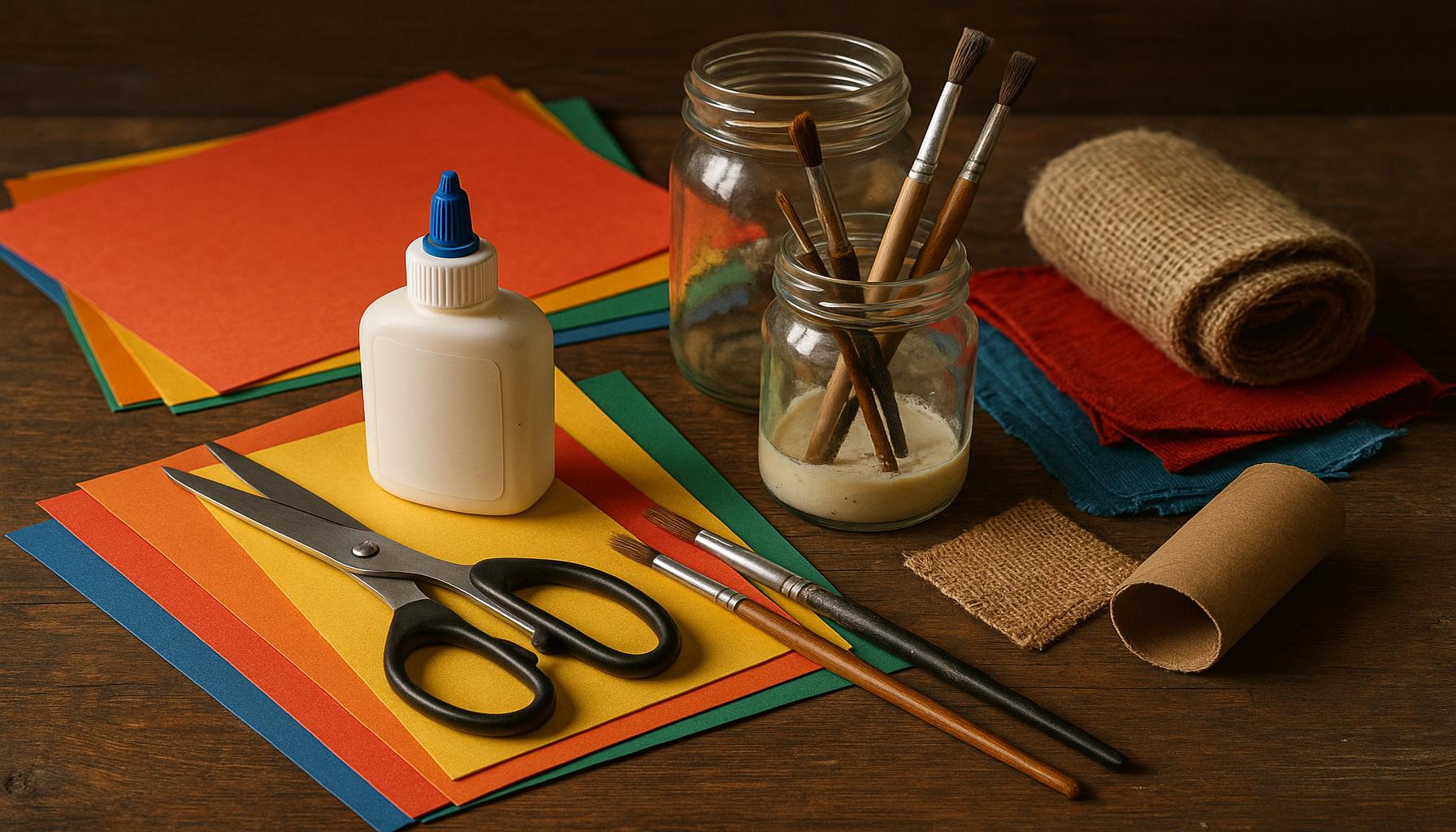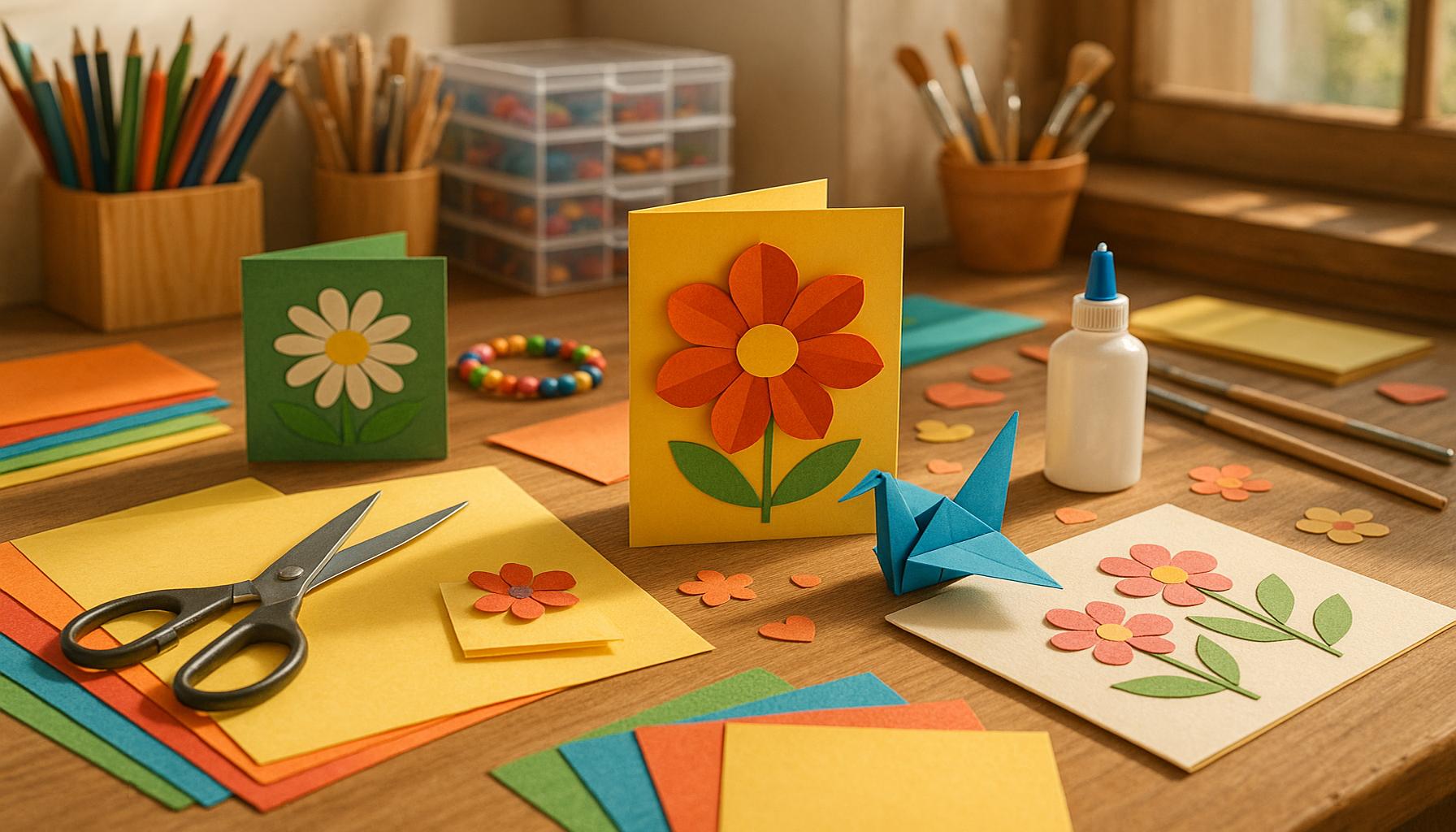The Evolution of Crafting: How Artisan Traditions Adapt to the Modern World
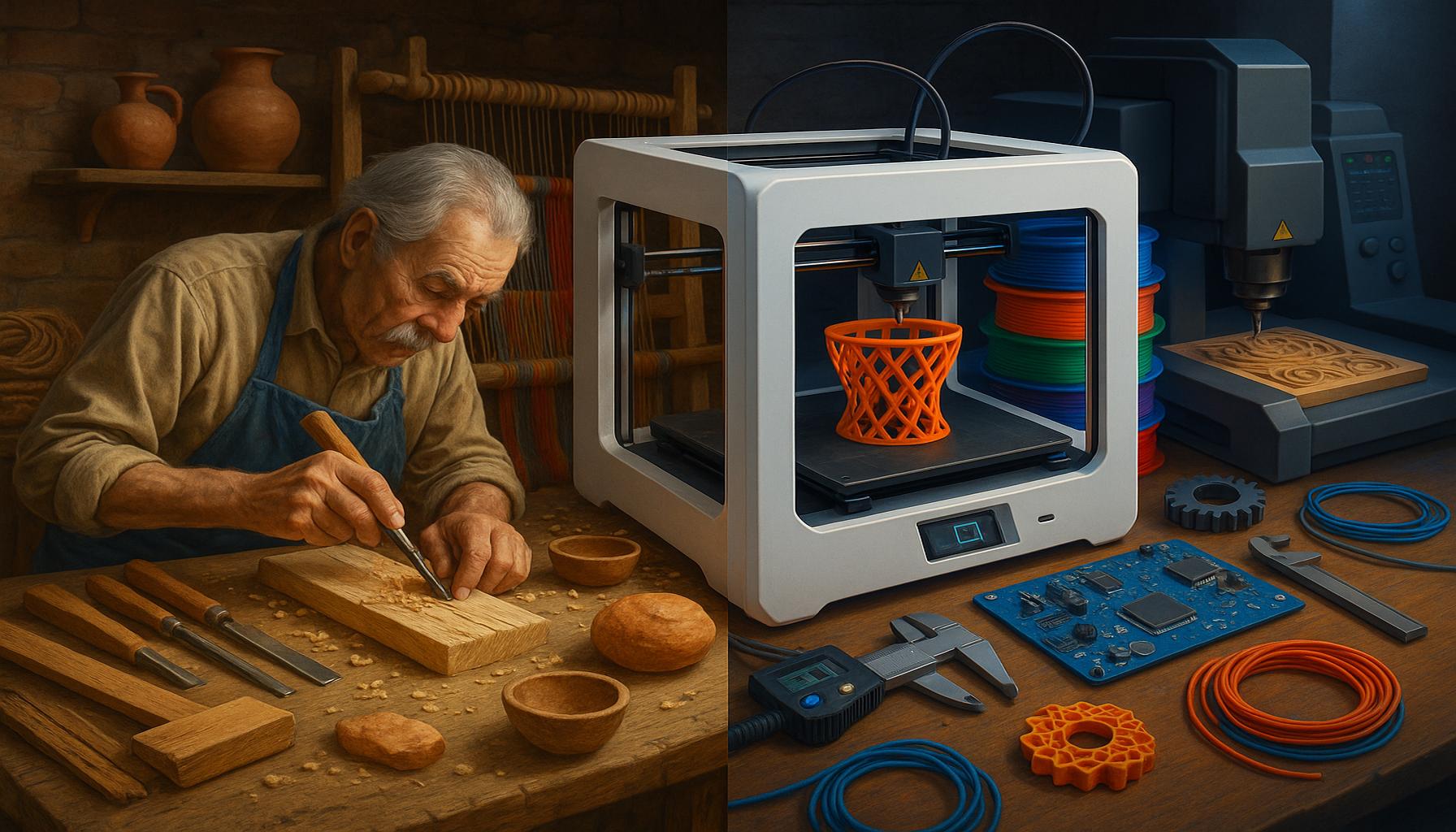
Shifting Paradigms in Craftsmanship
In a world increasingly driven by mass production and digital convenience, the age-old practices of crafting are undergoing a remarkable transformation. Artisans are finding ways to merge traditional skills with modern innovations, ensuring that time-honored techniques remain relevant. This revitalization of craftsmanship reflects broader societal shifts towards authenticity, sustainability, and community engagement.
Several key factors are driving this evolution:
- Technology Integration: The advent of tools such as 3D printing and online marketplaces like Etsy and Shopify has revolutionized the way artisans connect with consumers. For instance, a woodworker can produce intricate designs using computer-aided design (CAD) software, which can then be printed to create prototypes before the final product is handcrafted. This technology allows artisans to achieve precision that was previously unattainable and reach a global audience without the need for traditional retail spaces.
- Environmental Awareness: Many crafters embrace sustainable materials by sourcing local or recycled elements in their creations. For example, an artisan furniture maker may utilize reclaimed wood, not only minimizing waste but also giving their pieces a unique character. This reflection of a growing concern for our planet resonates with environmentally conscious consumers who prefer to support brands with sustainable practices.
- Community Engagement: Local workshops, maker spaces, and community events foster collaborative environments that breathe new life into traditional crafting methods. Craft fairs and farmers markets have become popular venues where artisans can showcase their work while connecting with locals. These interactions encourage the sharing of skills and techniques, reinforcing the bonds within the community and ensuring the survival of craft traditions.
As artisans adapt their methods, they also blend cultural heritage with contemporary aesthetics. This synthesis manifests in various sectors, showcasing how creativity thrives within constraints. For example:
- Handcrafted furniture: In a market filled with mass-produced options, unique pieces that merge rustic styles with modern designs, such as a dining table with live edges and minimalist metal legs, appeal to today’s discerning consumers who value originality and craftsmanship.
- Textile crafts: Traditional weaving techniques are experiencing a resurgence as artisans integrate new patterns, colors, and dyes. Techniques such as indigo dyeing are being reimagined, leading to vibrant textiles that tell stories while appealing to modern fashion sensibilities.
- Ceramics: Potters are pushing the boundaries of their craft by experimenting with contemporary glazes that enhance the artistic expression of functional items. The use of unique textures and bold colors in tableware not only serves a practical purpose but also elevates everyday dining experiences.
The adaptability of artisan traditions highlights the ongoing relevance of craftsmanship in a fast-paced, modern world. As we delve deeper into this fascinating evolution, we uncover how these processes not only preserve culture but also inspire innovation. By bridging the gap between the past and the future, artisans remind us that creativity, resilience, and community are at the heart of crafting—a testament that traditions can evolve while retaining their inherent beauty and significance.
DIVE DEEPER: Click here to learn more about the evolution of digital art
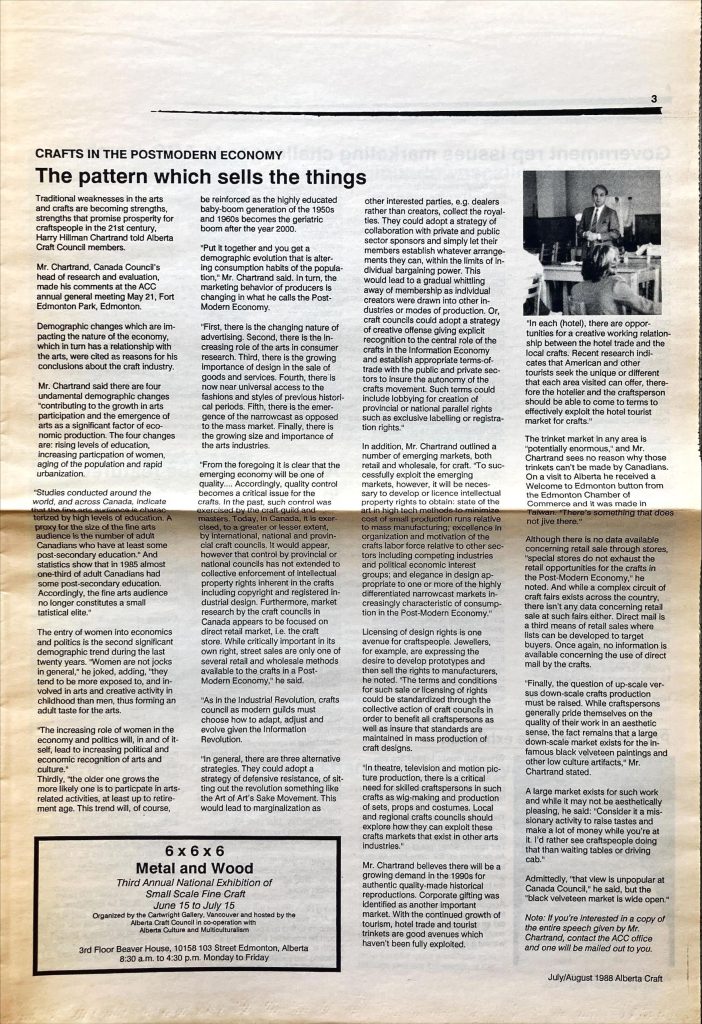
The Role of Innovation in Modern Craftsmanship
As artisans navigate through the complexities of modernity, innovation emerges as a pivotal element in the evolution of crafting. The ability to adapt not only enhances the creative expression of artisans but also aligns their work with contemporary consumer demands. By leveraging new techniques and materials, today’s craftspeople are able to strike a harmonious balance between traditional artistry and digital-age expectations.
One striking instance of innovation in craftsmanship is the use of hybrid materials. Artisans are increasingly blending traditional mediums with modern composites to create unique textures and styles. For example, a contemporary jewelry designer might incorporate resin alongside handcrafted metalwork, resulting in one-of-a-kind pieces that are both lightweight and visually striking. This fusion not only satisfies aesthetic desires but also caters to the functional needs of today’s consumers.
Moreover, the craft beer movement offers a fascinating illustration of how traditions can be transformed. While brewing has ancient roots, today’s craft brewers experiment with unconventional ingredients and techniques to create unique flavors. By merging traditional brewing methods with modern technology, they attract a new generation of enthusiasts who appreciate the artistry of their processes. This trend highlights how artisans are not only preserving traditions but also pushing boundaries to redefine their crafts.
Additionally, the rise of social media has revolutionized how artisans promote their work and engage with consumers. Platforms like Instagram and Pinterest allow craftspeople to showcase their creations directly to an audience eager for authentic and personalized products. Artisans can tell their stories through visual narratives, creating connections that transcend geographical limitations. These connections foster a sense of community and allow artisans to develop loyal followings, turning casual ‘likes’ into genuine brand advocates.
- Local Sourcing: Many artisans are opting to source materials locally, enhancing their connection to the community while reducing the environmental footprint of their creations. A glassblower, for example, may utilize sand from nearby locations, making each piece not only beautiful but also deeply rooted in its surroundings.
- Customization: Consumers today crave personalization, and artisans are answering this call by offering customized options. From bespoke leather goods to tailored clothing, artisans are embracing opportunities for consumers to collaborate in the creation process, making each product a reflection of individual taste and style.
- Digital Tools: The implementation of laser cutters and CNC machines empowers artisans to refine their processes while upholding craftsmanship standards. These tools enable precision cutting and engraving that would otherwise be labor-intensive, freeing artisans to focus on creative design.
This symbiotic relationship between innovation and craftsmanship not only secures the future of artisan trades but also champions the idea that craftsmanship can thrive amidst technological advancements. As artisans embrace these new opportunities and celebrate their heritage, they illustrate that evolution is not a threat to traditional practices but a natural progression. It is within this intersection of history and modernity that the true essence of craftsmanship is found, promoting a diverse landscape that is as rich in tradition as it is in creativity.
The Dynamic Intersection of Tradition and Innovation in Crafting
The world of crafting is undergoing an exciting transformation as artisans embrace modern technology and innovative techniques. This adaptation yields a spectacular fusion of time-honored methods and contemporary ideas, offering unique advantages to both creators and consumers. One notable aspect of this evolution is the incorporation of digital tools into traditional crafting practices. Tools such as 3D printers and software for design have revolutionized how artisans approach their work. For instance, woodworkers can now use CAD software to visualize their designs before physically transforming materials, ensuring precision and minimizing waste. This evolution leads not only to enhanced craftsmanship but also to a broader market reach via online platforms like Etsy, allowing artists to showcase their work to a global audience.Moreover, sustainability is becoming a cornerstone of modern artisan practices. Many artisans are turning to eco-friendly materials and processes, reflecting increasing consumer demand for sustainable goods. By adapting to these new expectations, craftspeople can appeal to a conscious demographic, enhancing their brand identity while fostering a more honorable production ethos. This commitment to sustainability doesn’t just ensure the longevity of techniques but promotes an overall cultural shift towards responsible consumption.As the bond between past and present strengthens, a new wave of artisans is emerging. They are utilizing the rich heritage of traditional crafting while integrating modern techniques and materials. This movement not only preserves valuable traditions but also nurtures a thriving ecosystem where innovation and creativity flourish. In conclusion, embracing technology and sustainability represents a profound shift towards a new era in the evolution of crafting, one that honors the rich lineage of artisanship while boldly engaging with the future. The possibilities are vast and ever-expanding, inviting exploration and investment from those eager to discover what lies ahead in the world of artisanal traditions.
| Category 1 | Category 2 |
|---|---|
| Technology Integration | Use of digital tools and techniques |
| Sustainability | Eco-friendly materials and processes |
DISCOVER MORE: Click here to dive into the revival of calligraphy
The Impact of Globalization on Artisan Traditions
In the era of globalization, traditional crafts are not only surviving but also evolving into dynamic practices that reflect a blending of cultures and ideas. The rapid exchange of information and resources across borders has transformed how artisans approach their work, leading to an enriched tapestry of craftsmanship. As markets expand, artisans find themselves influenced by techniques and styles from various regions, resulting in cross-cultural pollination that elevates their art.
One prominent example of globalization’s impact on crafting can be seen in the world of textiles. Artisans in the United States are increasingly incorporating motifs and techniques inspired by practices from Asia, Africa, and Latin America into their pieces. A quilter in rural Ohio might utilize traditional African patterns to tell stories through fabric, while a weaver in New Mexico might experiment with Japanese dyeing techniques. This fusion not only enhances cultural appreciation but also invites consumers to participate in a global dialogue through their purchases.
Furthermore, the craftsman movement—a response to mass production—has sparked a renewed interest in handmade goods, emphasizing quality over quantity. In this climate, artisans are embracing a business model that not only promotes their unique identities but also appeals to an increasingly conscious consumer base. Shoppers are drawn to products that embody authenticity, craftsmanship, and a sense of place, which artisans deliver through their distinct stories and processes.
- International Collaborations: As artisans connect with peers worldwide, cooperative projects have emerged, allowing craftspeople to share knowledge and resources. For instance, communities of woodworkers in the U.S. may collaborate with artisans from Indonesia to create limited-edition furniture that combines traditional craftsmanship from both cultures.
- Makerspaces and Craft Incubators: The rise of makerspaces allows artisans to experiment with various tools and techniques in a collaborative environment. These creative hubs often support diverse communities, fostering innovation and opportunity for artisans to develop their skills alongside like-minded individuals. Facilities equipped with 3D printers, sewing machines, and woodworking tools enable cross-disciplinary experimentation and collaboration.
- Craft Tourism: As travelers seek authentic experiences, craft tourism has become a powerful way for artisans to capitalize on their skills. Local workshops are attracting tourists who want to learn traditional techniques firsthand, thus creating a sustainable revenue stream while preserving cultural practices.
Moreover, the integration of crafting into educational curricula is gradually becoming a priority, with programs being developed in various states to inspire the next generation of artisans. Schools are increasingly recognizing the value of hands-on experiences, engaging students with workshops that emphasize traditional techniques alongside contemporary practices. This approach not only instills a sense of pride in one’s heritage but also encourages innovation as students learn to adapt traditional crafts to fit modern aesthetics and purposes.
As we witness the blending of local and global influences, it becomes evident that the evolution of crafting is deeply intertwined with the realities of today’s interconnected world. The adaptability of artisans, their ability to embrace change while honoring their heritage, exemplifies a resilience that is vital for the continued relevance of artisanal craftsmanship. In this transformative landscape, the art of crafting thrives, reflecting a rich history while simultaneously charting new paths into the future.
DISCOVER MORE: Click here to learn about eco-friendly crafting
Conclusion: Embracing Change While Honoring Tradition
The evolution of crafting in our modern world illustrates a remarkable journey that blends tradition with innovation, resulting in a vibrant landscape of artisan traditions. As globalization proliferates, artisans are not merely preserving their techniques; they are reshaping their crafts through a rich interplay of global influences. The allure of authenticity and quality in handmade goods resonates strongly with consumers who seek products that tell a story—one that reflects both personal and cultural heritage.
The adaptation of artisan practices is also supported by the rise of makerspaces, collaborative workshops, and educational initiatives, which empower artisans not just to thrive but to innovate. These environments foster creativity and skill development, ensuring that traditional crafts remain relevant in today’s contemporary context. Furthermore, the burgeoning field of craft tourism invites consumers to engage firsthand with artisans, creating a symbiotic relationship that strengthens community ties and promotes sustainable practices.
Looking ahead, the future of crafting holds immense potential, driven by a collective understanding that craftsmanship is not just a trade, but a living expression of culture and identity. As artisans navigate the complexities of the modern marketplace, they continue to define their artistic visions while remaining deeply rooted in their origins. Engaging with these evolving narratives not only enriches our appreciation for artisanal work but also encourages ongoing exploration of how these crafts can thrive in an ever-changing world. Thus, the journey of crafting stands as a testament to resilience, creativity, and the enduring power of human connection.
